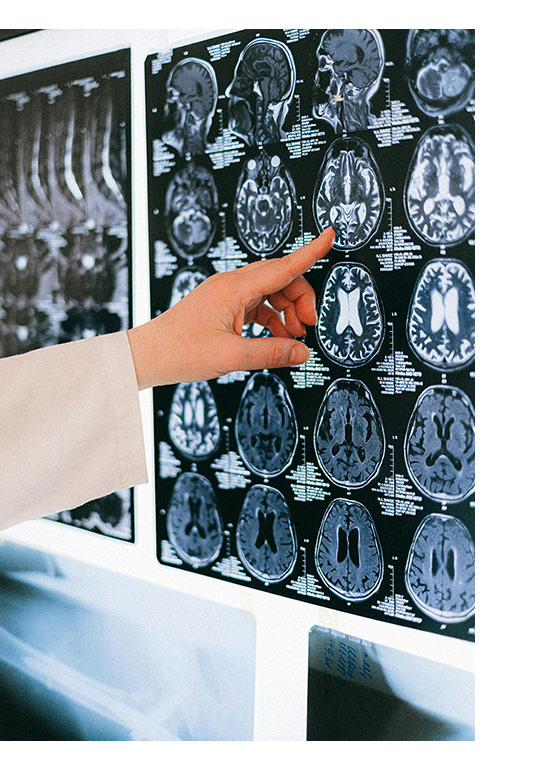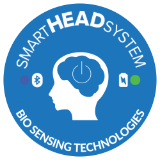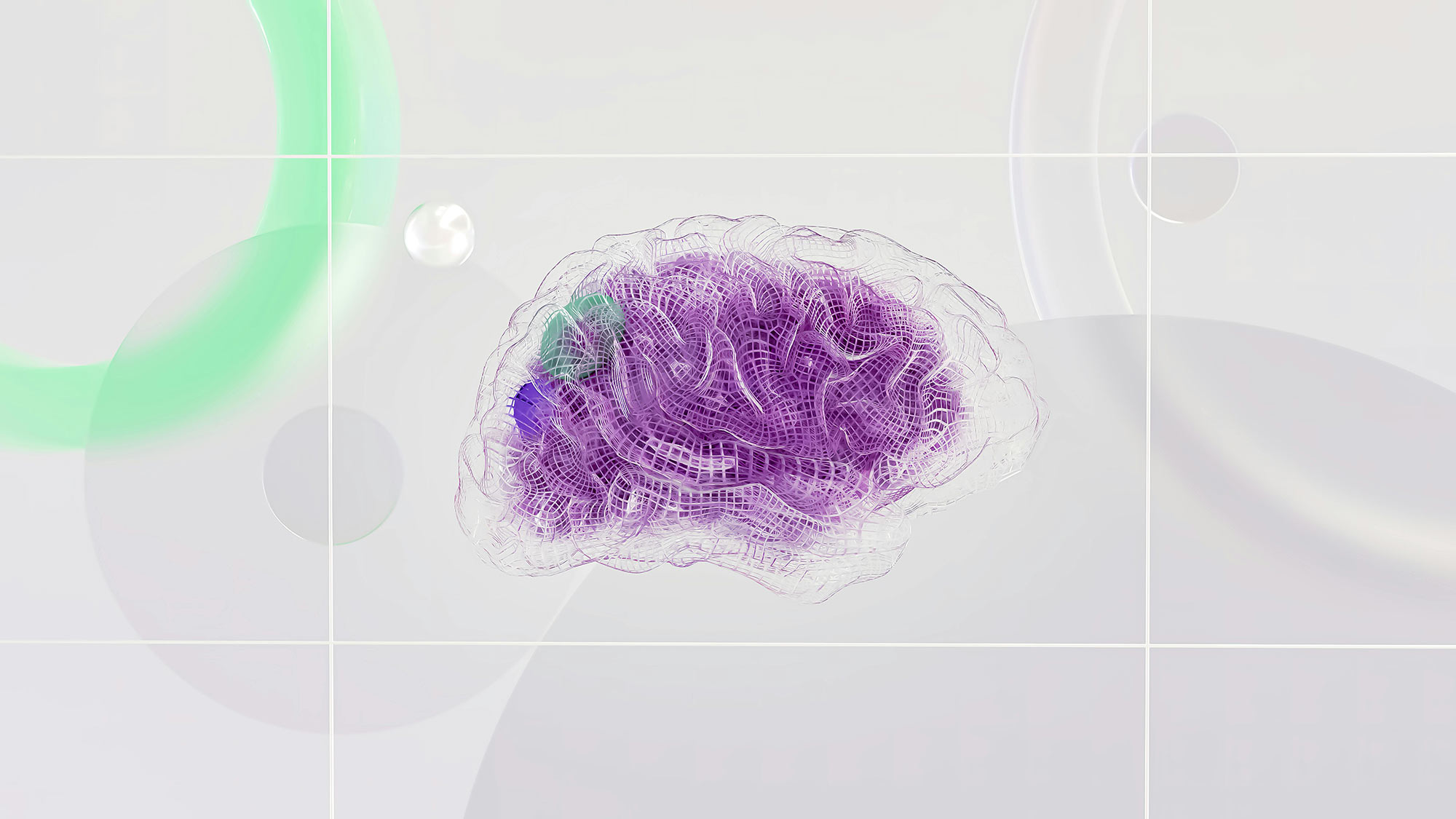Brain injury awareness is a topic that doesn’t always receive the attention it deserves. Whether it’s from a traumatic event, such as a car accident or sports injury, or due to medical conditions like strokes or tumors, brain injuries can have a profound and lasting impact on a person’s life. While many people understand the immediate effects, the long-term consequences and challenges often remain overlooked. That’s why spreading awareness is crucial—both to prevent brain injuries and to ensure that those affected receive the care and support they need to recover.
In this blog, we’ll explore why brain injury awareness is so important, the different types of brain injuries, common symptoms, and ways to promote understanding and support for those affected.
The Importance of Brain Injury Awareness
Every year, millions of people worldwide suffer from brain injuries, and many of these injuries could be prevented or mitigated with the right education and awareness. Brain injuries can range from mild concussions to severe traumatic brain injuries (TBI), which may result in long-term disabilities or even death. But the effects aren’t always immediately apparent. Sometimes, individuals may appear to recover physically, but they still struggle with cognitive, emotional, or behavioral challenges.
Why is brain injury awareness so critical?
- Prevention: Many brain injuries, especially those resulting from accidents or sports-related activities, can be prevented with proper safety measures like wearing helmets, using seat belts, and following safety protocols.
- Recognition: Understanding the signs and symptoms of brain injuries is essential for early diagnosis and treatment. With timely intervention, many of the long-term effects can be minimized.
- Support: Raising awareness helps create a compassionate environment where those affected by brain injuries feel understood, supported, and less isolated in their recovery process.
Types of Brain Injuries
Brain injuries can be classified into two main categories: traumatic brain injuries (TBI) and acquired brain injuries (ABI). Both can range from mild to severe and may have varying effects on a person’s cognitive and physical abilities.
1. Traumatic Brain Injury (TBI)
A traumatic brain injury occurs when an external force causes injury to the brain. It can happen in a variety of ways:
- Concussions: These are the most common form of TBI, often caused by a blow to the head. Though concussions are often considered “mild,” repeated concussions, especially in athletes, can lead to long-term cognitive and emotional problems.
- Contusions: These are bruises on the brain caused by a direct impact or jolt.
- Penetrating Injuries: These occur when an object (e.g., a bullet or sharp object) enters the skull and damages brain tissue.
2. Acquired Brain Injury (ABI)
Acquired brain injuries occur after birth and are typically caused by non-traumatic factors, such as:
- Stroke: A disruption of blood flow to the brain, leading to a lack of oxygen and potential damage to brain cells.
- Anoxia/Hypoxia: This occurs when the brain is deprived of oxygen, either through drowning, suffocation, or heart failure.
- Infections: Conditions like meningitis or encephalitis can cause swelling and infection in the brain.
- Tumors: Brain tumors, whether benign or malignant, can put pressure on brain tissue, affecting cognitive and physical function.

Recognizing Brain Injury Symptoms
Brain injuries can manifest in various ways, and recognizing the symptoms is key to getting the proper treatment. Symptoms of a brain injury can be classified into four categories:
- Physical Symptoms: Headaches, dizziness, nausea, fatigue, sleep disturbances, and loss of coordination.
- Cognitive Symptoms: Difficulty with memory, attention, concentration, confusion, or slowed thinking.
- Emotional Symptoms: Anxiety, depression, irritability, mood swings, or emotional instability.
- Behavioral Symptoms: Changes in behavior, impulsivity, aggression, or withdrawal from social activities.
It’s important to note that not all symptoms appear immediately after an injury. Some individuals may not show any symptoms right away, but issues can develop days or even weeks later. That’s why seeking medical attention after any blow to the head is essential, even if the injury seems minor.
The Road to Recovery: Rehabilitation and Support
The recovery process for someone with a brain injury can be long and complex. It often requires a multidisciplinary approach, involving various therapies and support systems. The goals of treatment are to help the person regain lost skills, adapt to new challenges, and improve their quality of life.
- Physical Therapy: Helps individuals recover motor skills, strength, and coordination.
- Cognitive Therapy: Focuses on improving memory, attention, and problem-solving abilities.
- Speech Therapy: Assists with communication, swallowing, and other speech-related challenges.
- Psychological Support: Counseling or therapy to help individuals cope with emotional challenges and behavioral changes resulting from the injury.
For many, recovery isn’t just about physical healing. It’s also about adjusting to the emotional and social consequences of the injury. This is where brain injury awareness and support become critical.
Your head is more important than anything else… Keep it safe SMARTHEADSYSTEM™

We want to inform you about the biosensors we use! Try our proven SMARTHEADSYSTEM™ we know all too well that being in the know is key. Receive real-time, calculated bio-metrics with every impact. Just the size of a quarter it fits easily inside a helmet or head band. While we can’t prevent injury, we collect real-time data about your head and what is happening when you undergo jarring impacts, etc.
Raising Brain Injury Awareness: How You Can Help
Raising brain injury awareness benefits everyone—whether you’re a healthcare professional, an educator, a parent, or someone who has been affected by a brain injury. Here are a few ways you can get involved:
1. Educate Yourself and Others
Understanding brain injury symptoms, prevention strategies, and treatment options is the first step in spreading awareness. Educating children, athletes, and even workplace teams about safety measures and recognizing brain injury symptoms can go a long way in preventing injuries and improving outcomes for those affected.
2. Promote Safety and Prevention
Encourage the use of helmets, seat belts, and safety equipment in sports and recreational activities. By promoting these simple measures, you can help reduce the risk of brain injuries, especially in high-risk environments like sports or on the road.
3. Support Brain Injury Organizations
Many non-profit organizations focus on raising awareness, supporting research, and providing resources for those affected by brain injuries. Organizations like the Brain Injury Association of America (BIAA), Headway (UK), and The Brain Injury Foundation offer educational materials, support groups, and advocacy programs that you can participate in or contribute to.
4. Share Personal Stories
Personal stories from individuals who have experienced brain injuries can help humanize the issue and create a sense of empathy. Sharing these stories through blogs, social media, or support groups can provide comfort to those affected and help the general public understand the complexities of brain injury recovery.
Conclusion: The Power of Brain Injury Awareness
Brain injury awareness isn’t just about understanding the medical aspects of brain trauma; it’s about recognizing the profound emotional, cognitive, and social effects that brain injuries can have on individuals and their families. By raising awareness, educating ourselves and others, and providing support to those affected, we can make a significant difference in how brain injuries are understood, treated, and prevented.
Whether you’re an advocate, a healthcare provider, a caregiver, or someone who has experienced a brain injury firsthand, spreading brain injury awareness is an essential step toward a more informed and compassionate society.
Let’s continue to raise our voices, share knowledge, and support those affected by brain injuries, so they never feel alone in their journey.

